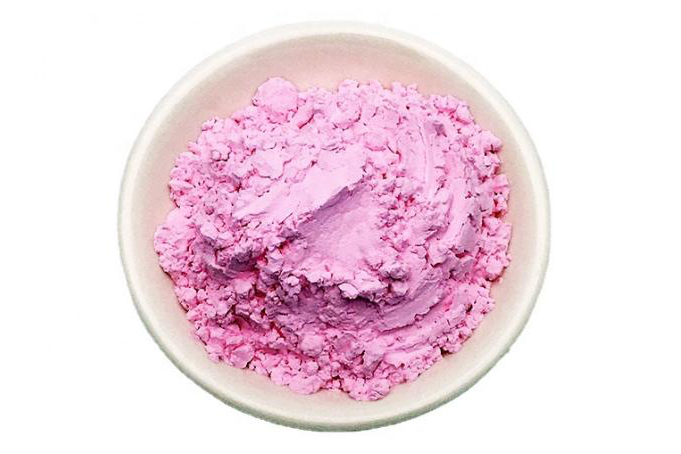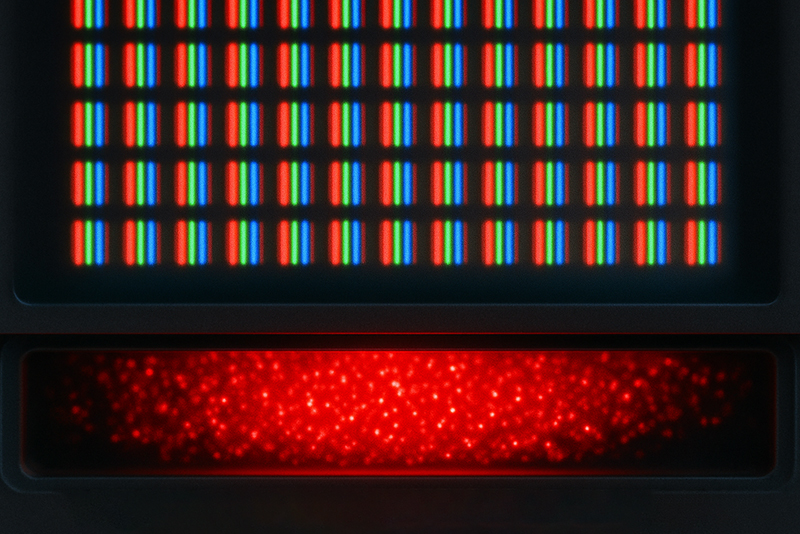A solar cell, also known as a photovoltaic cell, is an electronic device that converts sunlight into electrical energy. These batteries play an important role in humanity's quest for sustainable and renewable energy. Ytterbium oxide powder has attracted attention as a material that can improve the efficiency and economy of solar cells. This article provides an in-depth discussion of the synthesis, properties, and applications of ytterbium oxide powder in the photovoltaic field.
Synthesis of Ytterbium Oxide Powder
Ytterbium oxide (Yb₂O₃) is a rare-earth compound that can be synthesized through various methods, including:
- Precipitation: By heating and calcining, the required ytterbium oxide powder form can be precipitated from the solution containing ytterbium salt.
- Hydrothermal Synthesis: Under controlled temperature and pressure conditions, high-purity ytterbium oxide powder can be synthesized through hydrothermal reaction.
- Sol-Gel Process: This method involves the formation of a sol (colloidal solution) from ytterbium salts, followed by gelation and subsequent calcination to produce ytterbium oxide powder.
The choice of synthesis method depends on the desired particle size, purity, and specific applications of the ytterbium oxide powder.
Properties of Ytterbium Oxide Powder
Ytterbium oxide possesses a range of unique properties that render it suitable for integration into photovoltaic applications:
- High Refractive Index: Characterized by a notably high refractive index, ytterbium oxide offers the advantage of enhancing light confinement within solar cells. This property facilitates greater sunlight absorption, consequently elevating energy conversion efficiency.
- Wide Bandgap: Ytterbium oxide boasts a wide bandgap, endowing it with transparency to visible light while effectively absorbing ultraviolet (UV) radiation. This transparency renders it valuable as an antireflection coating in solar cells, mitigating light reflection and heightening light absorption.
- Thermal Stability: Ytterbium oxide exhibits exceptional thermal stability, even when subjected to high temperatures. This attribute ensures its durability in solar cell applications, particularly in scenarios where heat plays a substantial role.
- Chemical Inertness: Notably, ytterbium oxide is chemically inert, meaning it does not react with the materials commonly employed in the construction of solar cells. This inert quality contributes significantly to the long-term stability and reliability of solar cells.
Applications in Photovoltaics
Ytterbium oxide powder is employed across various applications within the realm of photovoltaics, each serving a distinct purpose:
- Antireflection Coatings: Ytterbium oxide assumes the role of an antireflection coating applied to the surface of solar cells. By diminishing light reflection, it facilitates greater sunlight penetration into the cell, thereby augmenting energy conversion efficiency.
- Light-Trapping Layers: Leveraging its elevated refractive index, ytterbium oxide proves to be an optimal material for light-trapping layers situated within solar cells. These layers are instrumental in confining and absorbing an increased quantity of light within the cell, consequently elevating energy output.
- Doping Agent: Ytterbium oxide can further serve as a dopant during the fabrication of semiconductor materials used in solar cells. Through its incorporation, it can tailor the electrical characteristics of these materials, thereby enhancing charge carrier mobility and overall cell performance.
- Thermal Barrier Coatings: In concentrating photovoltaic systems, where solar energy is concentrated onto a confined area, ytterbium oxide fulfills the role of a thermal barrier coating. Its purpose is to shield the cell from excessive heat, ensuring sustained functionality and efficiency.
Conclusion
Ytterbium oxide can further serve as a dopant during the fabrication of semiconductor materials used in solar cells. Through its incorporation, it can tailor the electrical characteristics of these materials, thereby enhancing charge carrier mobility and overall cell performance.
For more information about rare earth materials, please visit https://www.stanfordmaterials.com/.


 Inquiry List
Inquiry List


